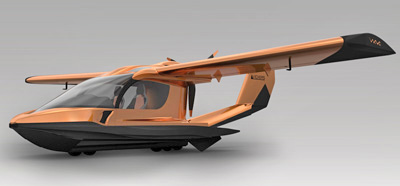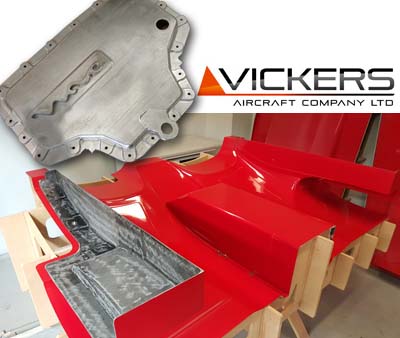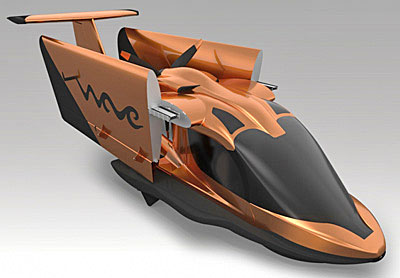


Vickers is completing all component elements including the CNC bullet sump (top) and tooling for the fuselage.

Big power is not just for LSA taildraggers anymore. A few years back, CubCrafters surprised the LSA world with its installation of the most powerful engine in the LSA space. The western U.S. company mounted a Titan engine from ECi making the modest Cub-like airframe perform far better than the old versions from the Piper company.
At the time, this potent powerplant raised eyebrows for two reasons.
First, it seemed an excess of power for the then-new lightweight class of airplanes FAA had just regulated into existence. Most had been using one of the 9-series engines from Rotax, which in some cases was itself a move up from a two-stroke Rotax 582 providing 65 horsepower. CubCrafters limited power after takeoff to maneuver within the regs, though, honestly, who would continue using so much power in cruise or while sight seeing?
Secondly, the Cub-style airframe is already near the upper LSA empty weight calculation so CubCrafters’ engineers had to add many costly carbon fiber elements to keep the empty weight low enough to fit in the class. Compared to the Rotax 912, Titan beefy engine adds considerable weight so the airframe diet represented considerable work. All the handsome carbon fiber also boosted the price of the CarbonCub to breathtaking levels.
Nonetheless, the company made it work so well that they have set the pace for airplane deliveries in the LSA space for several years. Since they broke the mold, however, other companies such as American Legend and Zlin have installed the engine to offer essentially the same performance characteristics … and they’ve been able to push the price down to levels ByDanJohnson.com readers are more likely to embrace.
However, one strongly emerging class of airplane is the LSA seaplane, and you might think that this higher-empty-group of designs could benefit from more power. Indeed, Rotax recently announced their new 915 model (video) offering 135 horsepower. Given the Austrian company’s vast global network and overwhelming market acceptance, the 915 seems destined to be a success story.
However, 915 won’t arrive on the market until 2017, the company detailed at their Oshkosh press conference. In the meantime, another LSA seaplane has seen an opportunity.
In May 2015, Continental Motors Group, a division of China aviation giant, AVIC, announced it purchased all the asset of Engine Components International, or ECi, maker of the Titan engine and other engine parts. Simply put, the Titan 300-series is now part of Continental Motors, giving the powerplant added funding and a massive international network. The acquisition gives Continental a strong foothold in the experimental market via ECi’s Titan line of engines, which includes the X320, X340 and X370 models, which, interestingly, are all based on Lycoming type designs.
In our video below (or click here) ECi’s Miguel Soto tells you more about the Titan engine used by Vickers.
I’ve followed and written about Vickers Aircraft‘s coming Wave here and here. Along with Icon and MVP.aero, Wave appears to be a third generation design in the 11-year-old LSA world. All three models have superb design ideas — each different in their own ways — and represent state-of-the-art creations among Light-Sport Aircraft.
With a new announcement, Wave is increasing the ante significantly.


Leave a Reply